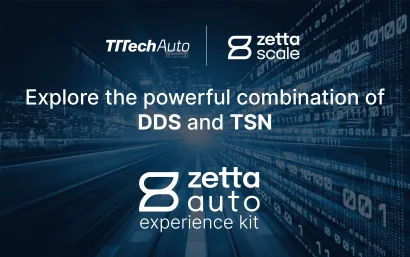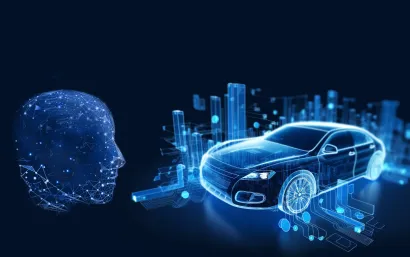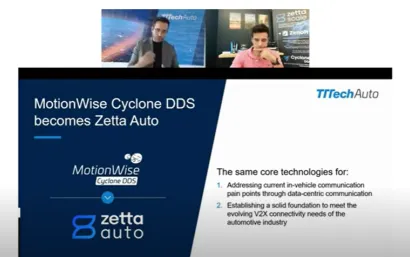As manufacturers make the transition to software-defined vehicles, we are seeing an increase in new features that not only enhance the user experience, but also support highly automated driving capabilities. So, what can we expect in 2023 and beyond?
With the automotive industry on the brink of change, consumers' perceptions of what a car is have altered, especially since tech-native Gen Z arrived on the scene. Modern vehicles are very different from their predecessors, although they look familiar. We no longer have to open the hood to see what's happening in the vehicle, we just plug it in and run diagnostics. This is because more and more features are controlled by software functions, even basic safety features such as brakes depend on software. In fact, software has become a competitive advantage for automotive companies, and modern vehicles are now being bought because of their features like lane assist, infotainment, and blind spot monitoring, rather than just for their hardware pedigree.
Against this background, what can we expect to see in 2023?
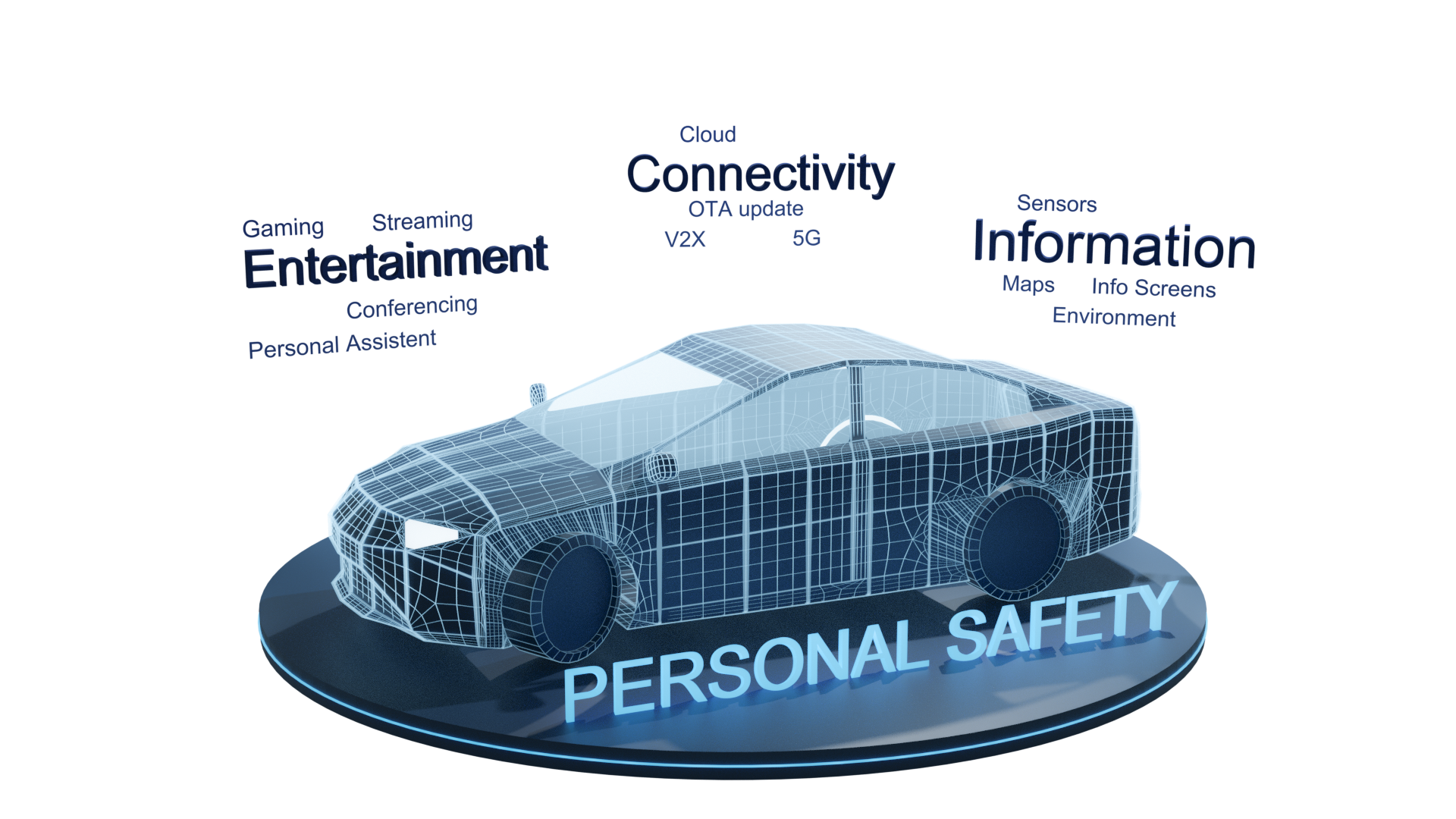
Cars in the cloud
Cloud services and the IoT (Internet of Things) will begin to play a larger part in vehicle development. Automotive cloud computing is evolving at speed and manufacturers are now embracing cloud technology not only in order to improve the driving experience but also to speed up development and validation, saving both time and resources. At CES 2023, TTTech Auto and Wipro showcased a solution that allows for automized development and automized transfer to the ECU, making software development more efficient.
Cloud technology is incredibly versatile and can help save lives by preventing accidents. It allows cars to communicate with each other, which means smart cars can adapt to changing road conditions and reroute travel to reduce difficulties and avoid congestion especially with downloaded on demand apps such as HD maps and travel data.
Another reason the cloud is such a useful tool is that more and more cars are using automated functions, including vital safety features, that require memory storage, which is expensive and takes up vital space in the car - a commodity that is in short supply as more and more ECUs are needed.
It will not be long before cloud computing is a must-have technology for all modern and smart cars.
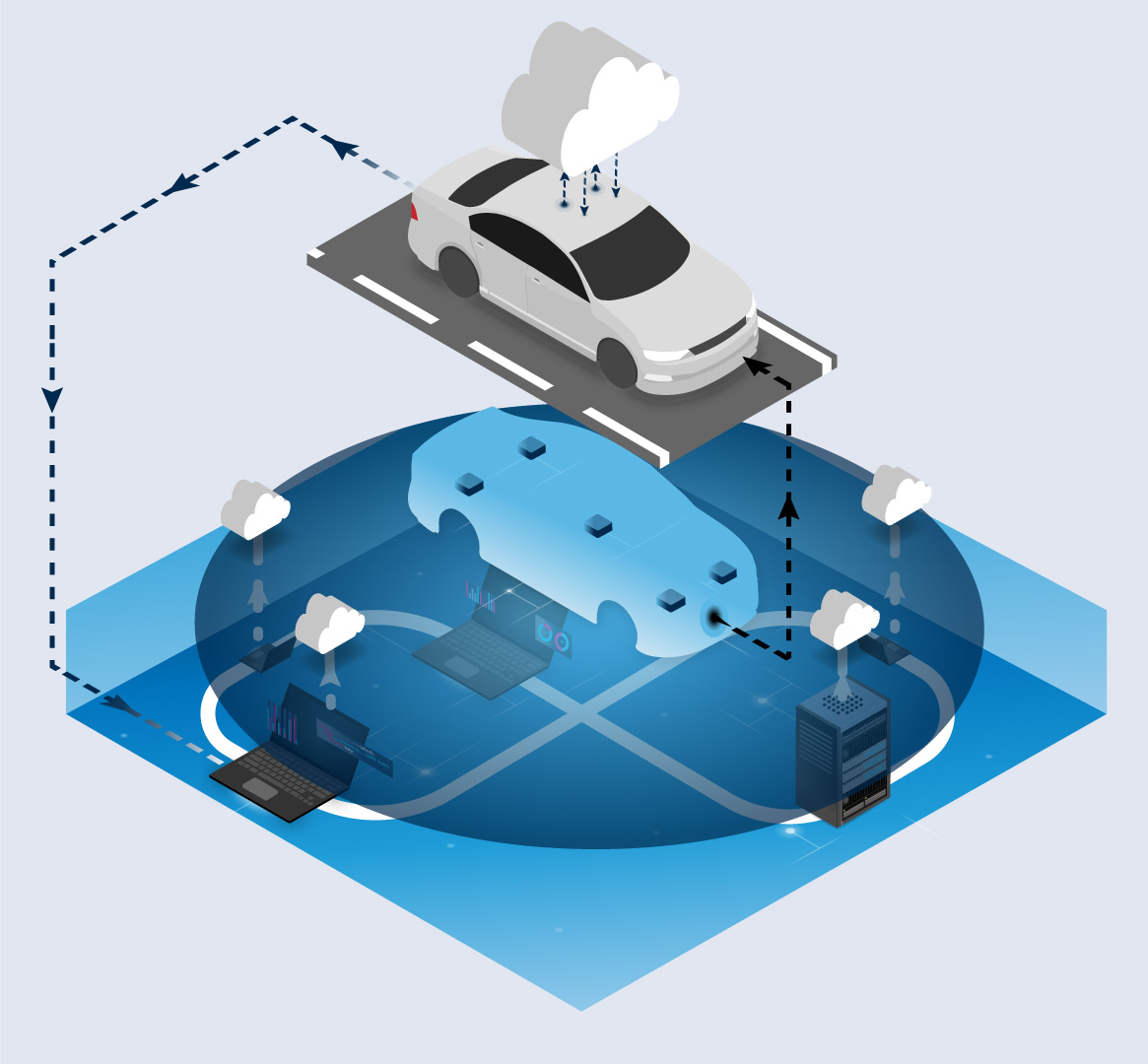
Over-the-Air Updates
Over-The-Air or OTA refers to the method of distributing new software and configuration settings to devices literally over the air. One central location can update all users, who are unable to refuse, defeat, or alter that update. The update applies to everyone on the channel. Why is this so important? Modern vehicles contain a plethora of software components, there can be more than a hundred electronic control units (ECU) equipped in an average car, meaning that an array of functions are controlled or monitored by software. Much more than the average driver would think. And just like you update your phones or laptops, automotive software functions need to be kept up to date.
Even if there are no flaws or errors, hardware and software components must be maintained and updated to ensure the car is in road worthy condition. OTA updates are a critical enabler of the software-defined vehicle. They do not rely on a third party to initiate-they are done by the OEMs- and in theory should stop software-related recalls, making for a seamless and consistent user experience. Something that will become more and more important as we see a rise in shared mobility.
It will also play a vital role as the industry continues to incorporate more sophisticated infotainment and user experience features. OTA updates will be essential in maintaining software as we continue to move towards more automated driving functions on the journey to full autonomy. This year we can expect to see significant strides with more functionality and adoption across the industry.
Automotive LiDAR
More and more OEMs are announcing models equipped with LiDAR (Light Detection and Ranging). In LiDAR, laser light is sent from a source (transmitter) and reflected from objects in the area. The reflected light is detected by the system's receiver, and the time of flight (TOF) is used to develop a distance map of the objects in the area. LiDAR is not new to the automotive industry and has been used for some time in mobility services such as Waymo and Cruise, however the technology has now made its way into multiple series production vehicles. That's because LiDAR technology has become cheaper; there are now sensors with no moving parts available at a fraction of the price, making them more suitable for the automotive industry. Automakers now have the option to use between four and eight solid-state LiDAR sensors to achieve the same results as a mechanical spinning LiDAR, but at a much lower price. However, LiDAR faces strong competition from RADAR, which uses radio waves instead of lasers and is cheaper. It will be interesting to see how these two technologies develop in 2023.
Given the need for the automotive industry to focus on safety, especially as it moves toward more advanced driver assistance systems (ADAS), the potential benefits of LiDAR are promising. It looks like 2023 could be the year that this technology becomes the industry standard.
These technologies not only play an important role in the development of new vehicles but highlight the transition to software-defined vehicles. As mentioned earlier, in the past, the customer's experience with a car was primarily defined by hardware, while software now plays a much more important role. These developments are also an integral part of the journey and bring us another step close to autonomous mobility.
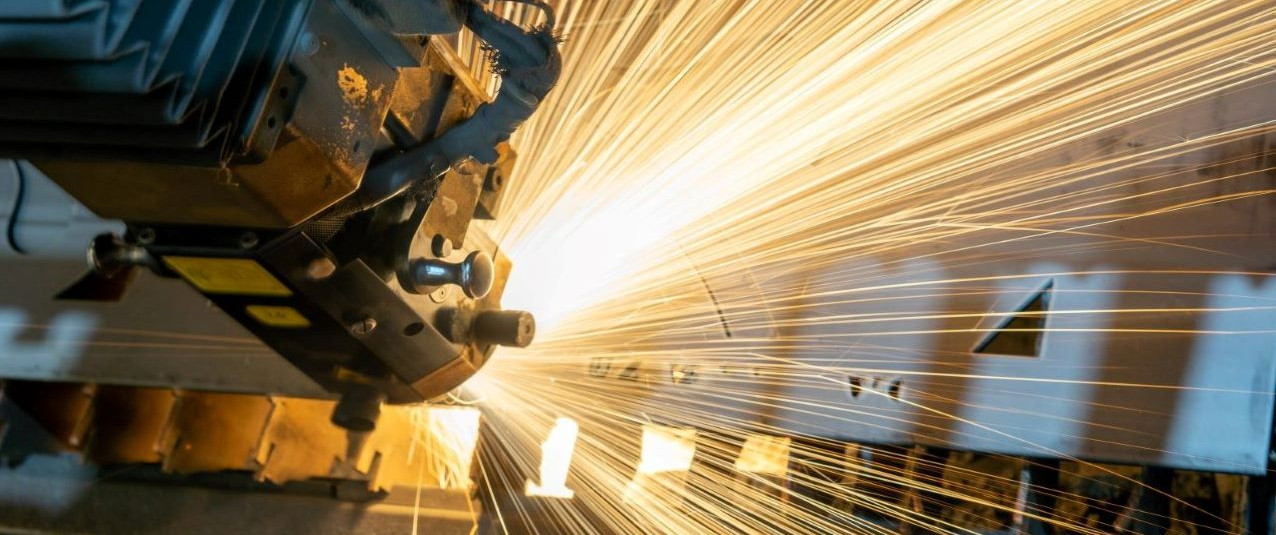
How will the rise of the software-defined car affect manufacturers?
TTTech Auto's CTO, Stefan Poledna discussed this with AI magazine in 2021. By taking a platform-centric approach, OEMs will be able to easily integrate and reuse new functionality. But what is the platform first approach? It is essentially the decoupling of hardware and software that enables device-independent software development. So, software functions can evolve independently of the hardware. You can take full advantage of the latest high-performance SoCs (System on a Chip) within an update cycle. It is a highly scalable approach that enables OEMs, Tier 1s and start-ups to easily integrate completely new functionalities and algorithms.
However, we need to bear in mind that cars will be more complex and must be viewed holistically in order for system-wide safety. The industry requires more flexible solutions in order to face this challenge. Open Management Group Data Distribution System (OMG DDS) is a technology that meets the criteria of the modern software development paradigm. It will allow manufacturers to transition to a safe and secure software-defined vehicle by enabling flexible and modular software development as well as continuous software updates.
Discover TTTech Auto's innovative solutions that enable automotive industry players to develop next generation of vehicles today.
